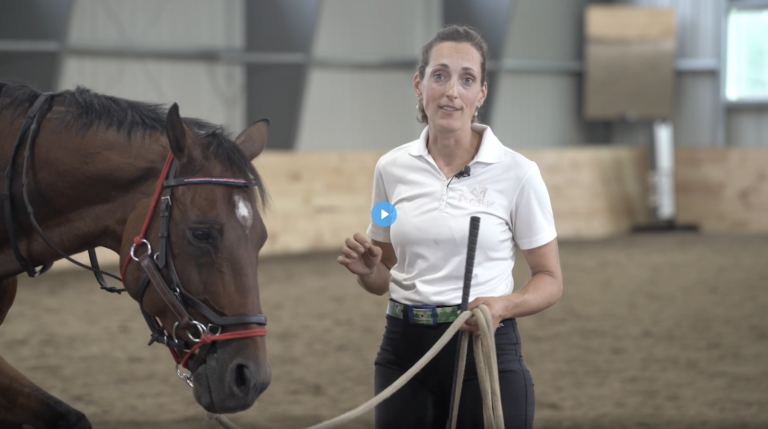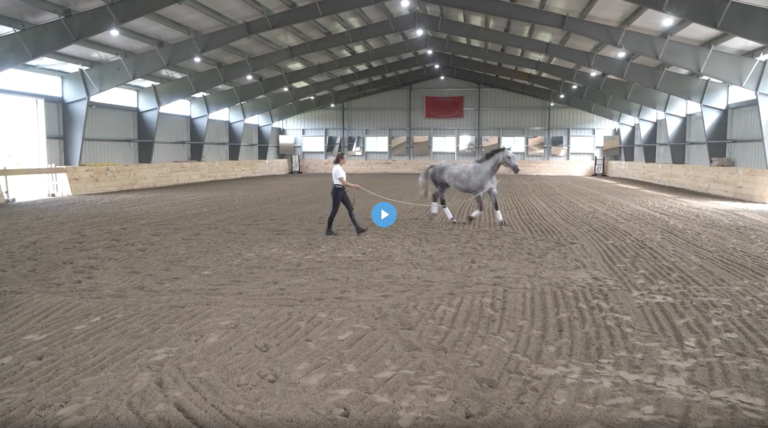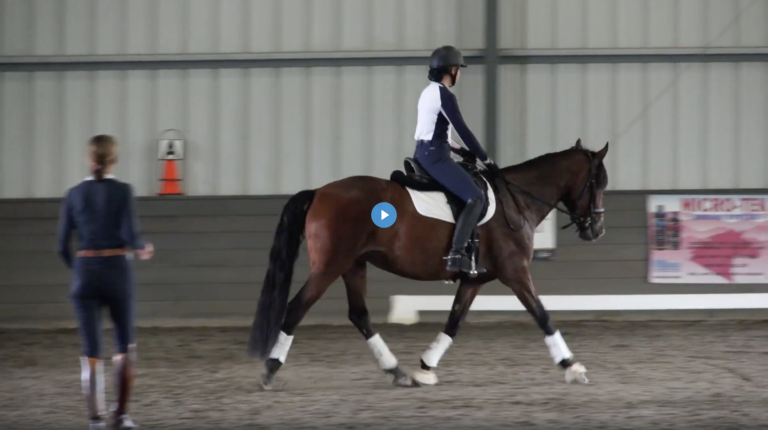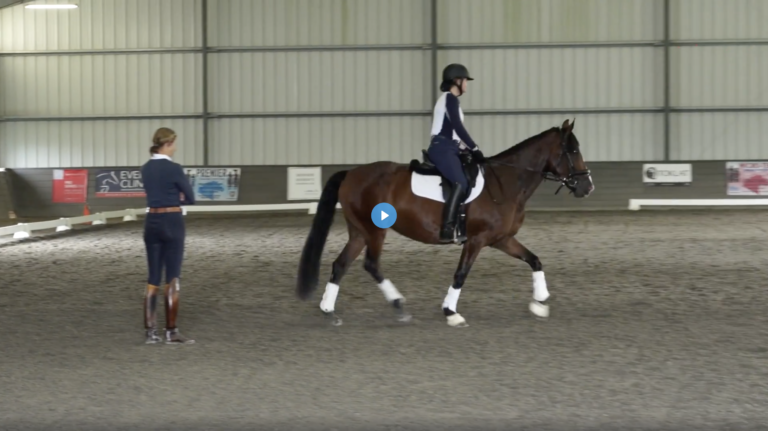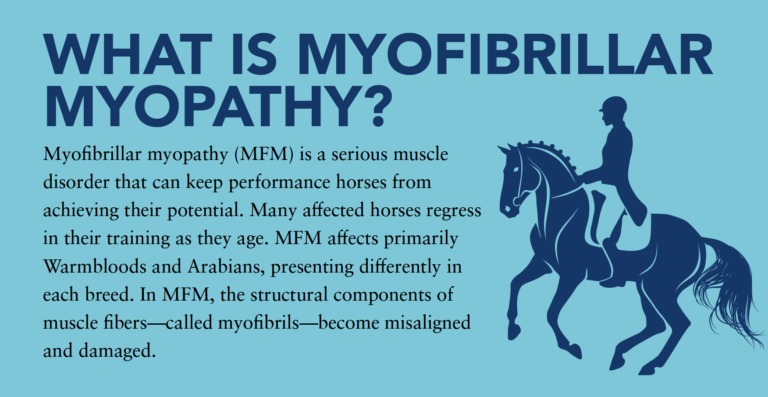Rebecca Ashton demonstrates unmounted show warm-up exercises.
Good pre-competition preparation can mean the difference between being among the ribbons or going home before the prize giving. The following unmounted rider fitness exercises will help get you mentally focused, improve your body awareness and warm you up before you even get on your horse for dressage training. Better still, these unmounted rider fitness exercises only take a few minutes and can be done in the back of your trailer. They are meant to wake-up your muscles and get them ready for the job at hand, not wear you out, so go slow and steady. Before you begin these unmounted rider fitness exercises, remember your ABCs?alignment, breathing and core (see “Remember Your ABCs”).
Aim for 10 reps of each of the exercises I include here, but never do so many as to lose your form. Remember, you don’t want to strain your body. Long-term adjustments and changes take time. If done with focus, your body awareness will improve and the muscles will feel awake before you mount. This means less unproductive time in the saddle getting your body warmed up and wearing your horse out. You and your horse will both be fresh and focused.
Remember Your ABCs:
Alignment?finding neutral. You want your back in a neutral position where all the natural curves of the backbone remain unchanged, whether we’re sitting on a horse, walking around or executing the exercises. The vertebrae fit together like a jigsaw puzzle, and they are cushioned by discs to minimize wear and tear. If out of alignment, we may get bone grinding on bone or discs wearing unevenly. We want to avoid blockages that not only cause back pain but also inhibit correct use of joints. Neutral is best described as a zone rather than one set position as we are all built differently.
Here is an exercise that will help you understand the feeling of the neutral spine described above:
- Lie on your back with your knees bent.
- Keep your feet and knees hip-joint width apart.
- Maintain a slight space between the floor and the lumbar (lower) region of your back.
- Remain long through the waist, keeping length between the hips and the ribs.
- Keep your chest wide and thoracic (middle) region of your back gently relaxed into the floor.
- Keep your shoulders drawn down your back in a?soft “V” but not excessively back.
- Remain long through the neck with eyes looking up to the ceiling.
It is easier to feel the neutral spine in this position with the support of the floor than when standing, but try to take the feeling of the muscles supporting the bones in the neutral position when you stand again and when you’re back in the saddle.
Breathing. Focusing on your breathing will get oxygen deep into the body and ready your muscles for work. Breathing will also help keep you calm and focused. Breathe by keeping your core engaged, your shoulders relaxed and down and expanding your lungs and ribs. Remember, the lungs don’t just take up space in the front of our chest, but all the way to the sides and back as well. Sometimes we forget to breathe deeply into these areas.
Engage the core. The core consists of the deep muscles of the pelvis. They are the ones closest to the bones whose job it is to hold us upright. It is also these muscles, as opposed to the big, outer muscles of the body, that we are focusing on in these exercises. The two we focus on specifically are the sling of muscle across the front of our lower abdomen, the transverse abdominis and the pelvic-floor muscles. We can think of gently tightening a hipster belt to activate the transverse muscle.
Exercises:
Flat Back
This exercise tests the strength of our back extensors and abdominals. It helps us stay tall and elegant in the saddle for longer periods of time. It also helps us find evenness between the back and front of our torso.
- Sit on your mat or on the ground with your knees bent.
- Keeping a neutral spine, breathe in as you lean back (only as far
as you can maintain the neutral spine without putting pressure on the back), and then return to the start position as you breathe out. - Lift your head to the sky throughout the exercise to help keep you tall.
- You can hold weights to your chest for added difficulty, or you can also do this while sitting on a fit ball.
Tips: Watch that you don’t grip or lift with your feet, slouch at your waist, collapse your pelvis under you, hunch your shoulders or place more weight on one seat bone than the other.
Chalk Circles
This exercise opens the chest and loosens the thoracic part of the spine (dressage riders are often tight here). By doing this, we remove blockages in this area so the movement of the horse can be better absorbed. We can twist through the body to improve position for circles and lateral work and also help correct a hollow chest.
- Lie on your side with your arms facing out in front of you, while keeping your waist on the underside lifted to maintain a neutral spine.
- With the top arm, make a big arc over your head on an in breath. Then continue to circle back around to the start position as you breathe out. Follow the hand motion with your eyes.
Tips: Keep your pelvis still. Watch that you don’t collapse your top hip (this should remain the highest point) or hunch your shoulders.
Shoulder Bridge
This exercise will help improve mobility in the hips and remove blockages in the back muscles.
- Lie on your back with knees bent.
- Consciously relax your leg muscles.
- Breathe out as you roll your pelvis and imprint your lower spine, rolling up one vertebra at a time until you reach your shoulder blades with your body in a diagonal plank position.
- Breathe in as you roll back down to start position one vertebrae at a time
Tips: Don’t tilt your pelvis to favor one side; avoid hunching your shoulders.
Twist
This exercise helps keep your shoulders and hips in line with the horse’s shoulders and hips.
- Sit with your weight even on both seat bones, begin your twist with your head and neck and move down your spine like a barber’s pole as you breathe out.
- Reverse the movement on the way up as you breathe in.
Tips: Don’t take your hands around without the body, and don’t twist your pelvis.
Lifted Knee Stretch
This exercise will stabilize your pelvis and stretch your back.
- With your hips over your knees and shoulders over your hands, move your hands a hand width back toward your hips and round your back. Tuck your toes under and lift your knees off the ground. Keep your tummy lifted to support your back.
- Hold this position.
- For more challenge, you can lift one foot off the ground, without any change in your torso, and extend the leg back on an out breath.
- Return to the start position and repeat with your other leg.
Tips: Watch that you don’t drop your tummy, lose stability in your torso or twist your pelvis.


